Home>Gardening & Outdoor>Landscaping Ideas>What Height To Cut Grass
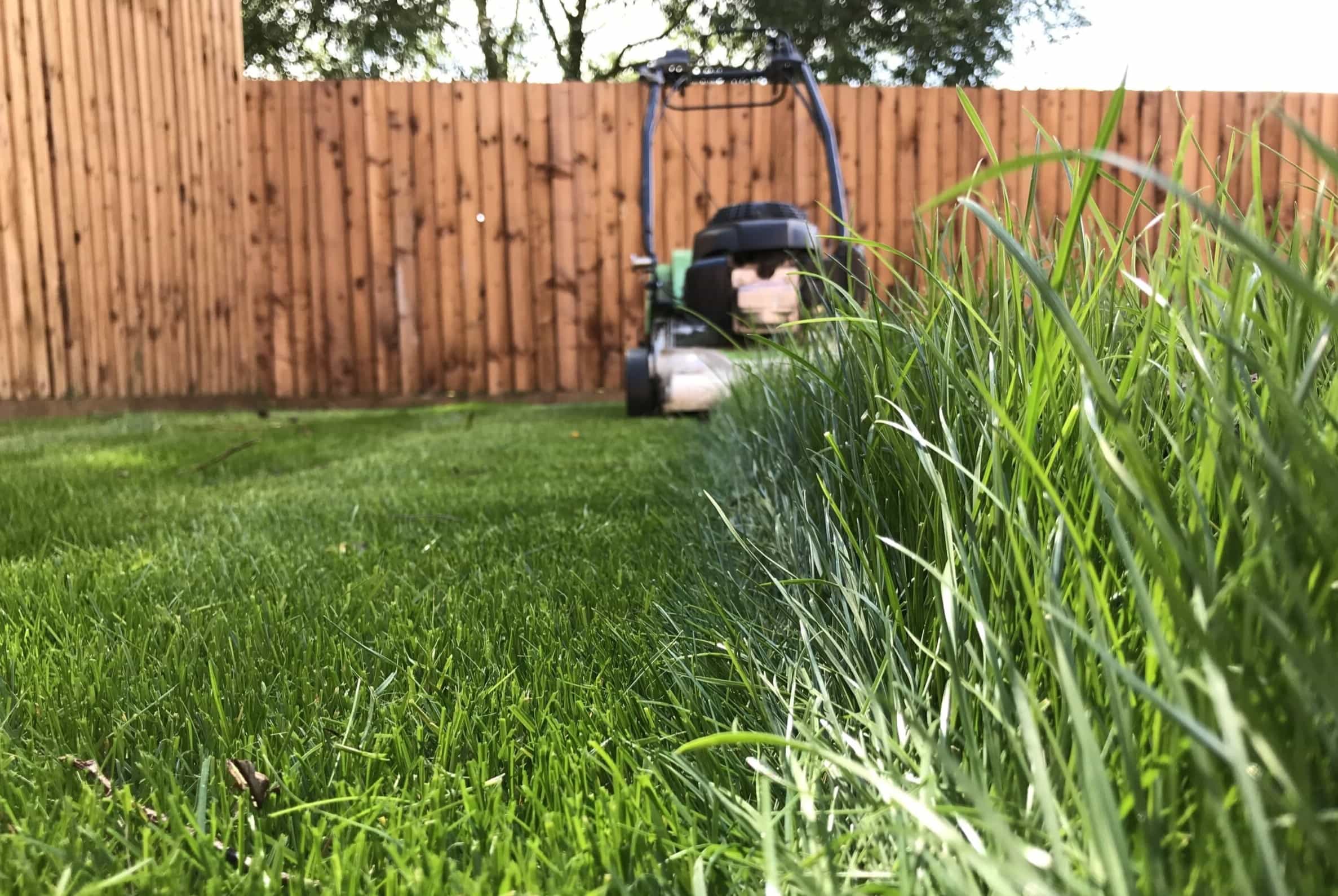

Landscaping Ideas
What Height To Cut Grass
Modified: January 28, 2024
Discover the ideal grass-cutting height for a lush, healthy lawn with our expert landscaping ideas. Maintain your yard with precision and achieve stunning results.
(Many of the links in this article redirect to a specific reviewed product. Your purchase of these products through affiliate links helps to generate commission for Storables.com, at no extra cost. Learn more)
Introduction
When it comes to maintaining a lush and healthy lawn, one of the most crucial factors to consider is the height at which you cut your grass. The height at which you mow your grass can significantly impact its overall health, appearance, and ability to withstand environmental stressors. By understanding the ideal grass height for different types of grass and considering various factors such as climate, season, and lawn usage, you can ensure that your lawn remains vibrant and resilient throughout the year.
In this comprehensive guide, we will explore the significance of grass height and provide valuable insights into determining the optimal cutting height for your specific lawn. Whether you are a seasoned lawn care enthusiast or a novice homeowner looking to elevate your landscaping game, this article will equip you with the knowledge and practical tips needed to achieve a thriving and picturesque lawn.
Key Takeaways:
- Maintain a healthy lawn by cutting grass at the right height based on factors like grass type, climate, and soil conditions. This promotes resilience and a vibrant appearance.
- Follow practical tips such as adjusting mower height, mowing when dry, and leaving grass clippings to ensure optimal grass height and promote robust growth.
Read more: What Is A Good Height To Cut Grass
Factors to Consider
When determining the appropriate height for cutting your grass, it’s essential to take several factors into account to promote the optimal growth and health of your lawn. Here are the key considerations to keep in mind:
- Grass Type: Different grass species have varying height requirements for ideal growth and maintenance. Understanding the specific type of grass in your lawn is crucial in determining the appropriate cutting height.
- Climate and Season: The climate of your region and the current season play a significant role in determining the ideal grass height. Grass height requirements may fluctuate based on factors such as temperature, rainfall, and sunlight exposure.
- Lawn Usage: Consider how your lawn is used. For example, a lawn used for recreational activities may benefit from a different cutting height compared to a purely ornamental lawn.
- Soil Conditions: The condition of your soil, including its moisture levels and nutrient content, can influence the ideal grass height for promoting healthy root development and overall resilience.
- Mowing Frequency: The frequency at which you mow your lawn can impact the recommended cutting height. Regular mowing may allow for a lower cutting height, while less frequent mowing may require a higher setting to avoid stressing the grass.
- Weed and Pest Control: Maintaining the appropriate grass height can contribute to natural weed and pest control. Properly managed grass can outcompete weeds and resist certain pests, reducing the need for chemical interventions.
- Lawn Health: Observing the overall health of your lawn, including signs of stress, disease, or discoloration, can guide you in adjusting the cutting height to promote recovery and vigor.
By carefully considering these factors, you can make informed decisions regarding the height at which you should cut your grass, ultimately fostering a thriving and visually appealing lawn.
Ideal Grass Height for Different Types of Grass
Understanding the specific height requirements for different types of grass is essential for maintaining a healthy and attractive lawn. Here are the ideal cutting heights for some common grass varieties:
- Bermuda Grass: Ideal cutting height ranges from 0.5 to 1.5 inches, making it well-suited for warm climates and high-traffic areas due to its resilience.
- Fescue Grass: For fine fescue, a cutting height of 1.5 to 2.5 inches is recommended, while tall fescue thrives at a slightly higher height of 2 to 3 inches, offering excellent adaptability to various climates.
- Bluegrass: Kentucky bluegrass flourishes when mowed to a height of 1.5 to 2.5 inches, providing a lush and dense appearance ideal for residential lawns.
- St. Augustine Grass: This warm-season grass benefits from a cutting height of 2.5 to 4 inches, allowing it to withstand heat and humidity while maintaining its vibrant green hue.
- Zoysia Grass: With an ideal cutting height of 0.5 to 1.5 inches, zoysia grass offers excellent tolerance to foot traffic and provides a visually appealing, manicured look when maintained at the recommended height.
It’s important to note that these are general guidelines, and specific cultivars within each grass type may have slightly different height preferences. Consulting with a local horticulturist or lawn care professional can provide tailored recommendations based on your region and the specific characteristics of your lawn.
By adhering to the recommended cutting heights for your particular grass type, you can promote healthy growth, resilience, and an aesthetically pleasing appearance for your lawn throughout the year.
For most grass types, it’s best to mow at a height of 2-3 inches. Taller grass shades the soil, retains moisture, and promotes deeper root growth, leading to a healthier lawn.
Tips for Cutting Grass at the Right Height
Ensuring that you cut your grass at the appropriate height is a fundamental aspect of lawn maintenance. Here are some valuable tips to help you achieve the optimal cutting height for a vibrant and healthy lawn:
- Adjust Mower Height: Regularly adjust the cutting height of your mower to align with the recommended range for your specific grass type. Utilize the mower’s height settings to achieve precision and consistency in grass cutting.
- Follow the One-Third Rule: As a general rule of thumb, avoid cutting more than one-third of the grass blade’s height in a single mowing session. This practice promotes root development, reduces stress on the grass, and maintains a balanced appearance.
- Mow According to Growth Rate: During periods of rapid growth, such as spring, you may need to mow more frequently to prevent the grass from becoming excessively tall. Adjust the cutting height as needed to accommodate varying growth rates throughout the year.
- Consider Seasonal Adjustments: In response to seasonal changes, such as increased heat or drought conditions, consider raising the cutting height to provide added shade and protect the grass’s root system from stress.
- Sharpen Mower Blades: Keep your mower blades sharp to ensure clean cuts that promote grass health. Dull blades can tear the grass, leading to a frayed appearance and increased susceptibility to disease.
- Mow When Dry: Whenever possible, mow the lawn when the grass is dry to achieve a more even cut and prevent clumping that can hinder airflow and contribute to thatch buildup.
- Leave Grass Clippings: Consider leaving grass clippings on the lawn as they can provide valuable nutrients to the soil. This practice, known as grasscycling, can contribute to improved soil health and reduce the need for additional fertilization.
- Observe Recommended Heights: Adhere to the recommended cutting heights for your specific grass type, taking into account any variations based on the cultivar and local growing conditions.
By incorporating these tips into your lawn care routine, you can effectively maintain the proper grass height, foster robust growth, and enjoy a lush, well-manicured lawn that enhances the beauty of your outdoor space.
Conclusion
Understanding the significance of grass height and its impact on the overall health and appearance of your lawn is a crucial aspect of effective lawn care. By considering various factors such as grass type, climate, and mowing practices, you can determine the ideal cutting height to promote lush, resilient, and visually appealing grass.
From Bermuda grass to fescue and beyond, each grass type has specific height requirements that contribute to its optimal growth and maintenance. By adhering to the recommended cutting heights for your particular grass variety, you can provide the ideal conditions for healthy root development, disease resistance, and overall vitality.
Implementing practical tips such as adjusting mower height, following the one-third rule, and mowing according to growth rates allows you to maintain the proper grass height with precision and consistency. Additionally, seasonal adjustments and proper mower maintenance contribute to the long-term health and beauty of your lawn.
Ultimately, the careful consideration of grass height and the consistent application of best practices in lawn care can result in a vibrant, resilient, and visually stunning lawn that enhances the aesthetic appeal of your outdoor space. Whether you’re aiming for a well-manicured front yard or a durable backyard play area, the right grass height serves as a foundational element in achieving your desired landscaping goals.
By integrating the insights and recommendations outlined in this guide into your lawn care routine, you can embark on a journey toward a thriving, picturesque lawn that becomes a source of pride and enjoyment for you and your family throughout the seasons.
Frequently Asked Questions about What Height To Cut Grass
Was this page helpful?
At Storables.com, we guarantee accurate and reliable information. Our content, validated by Expert Board Contributors, is crafted following stringent Editorial Policies. We're committed to providing you with well-researched, expert-backed insights for all your informational needs.
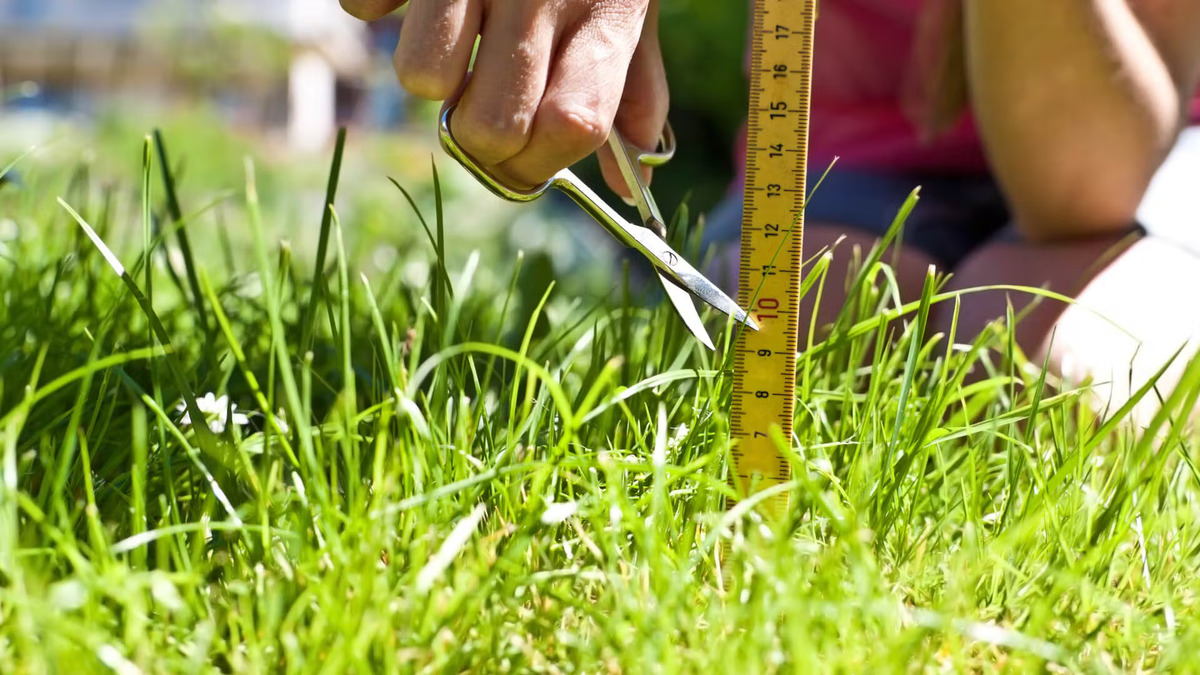
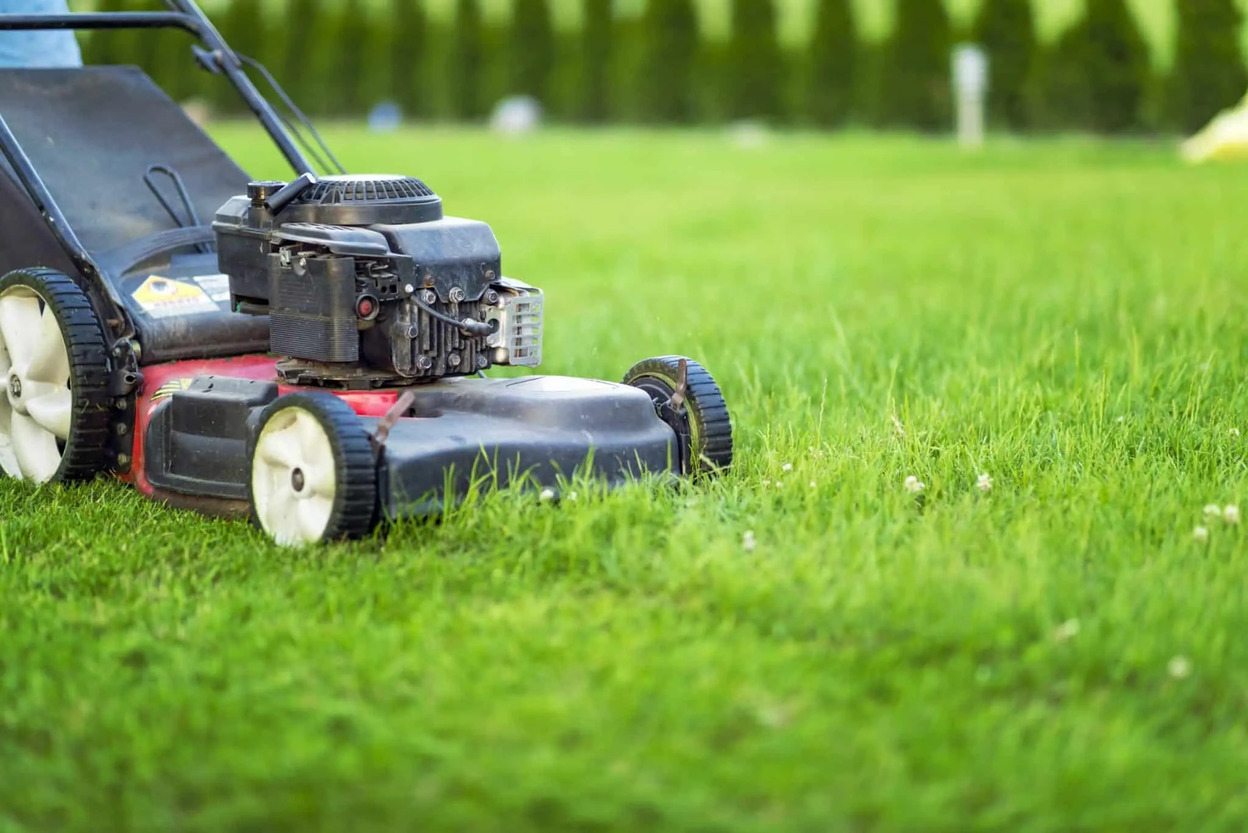
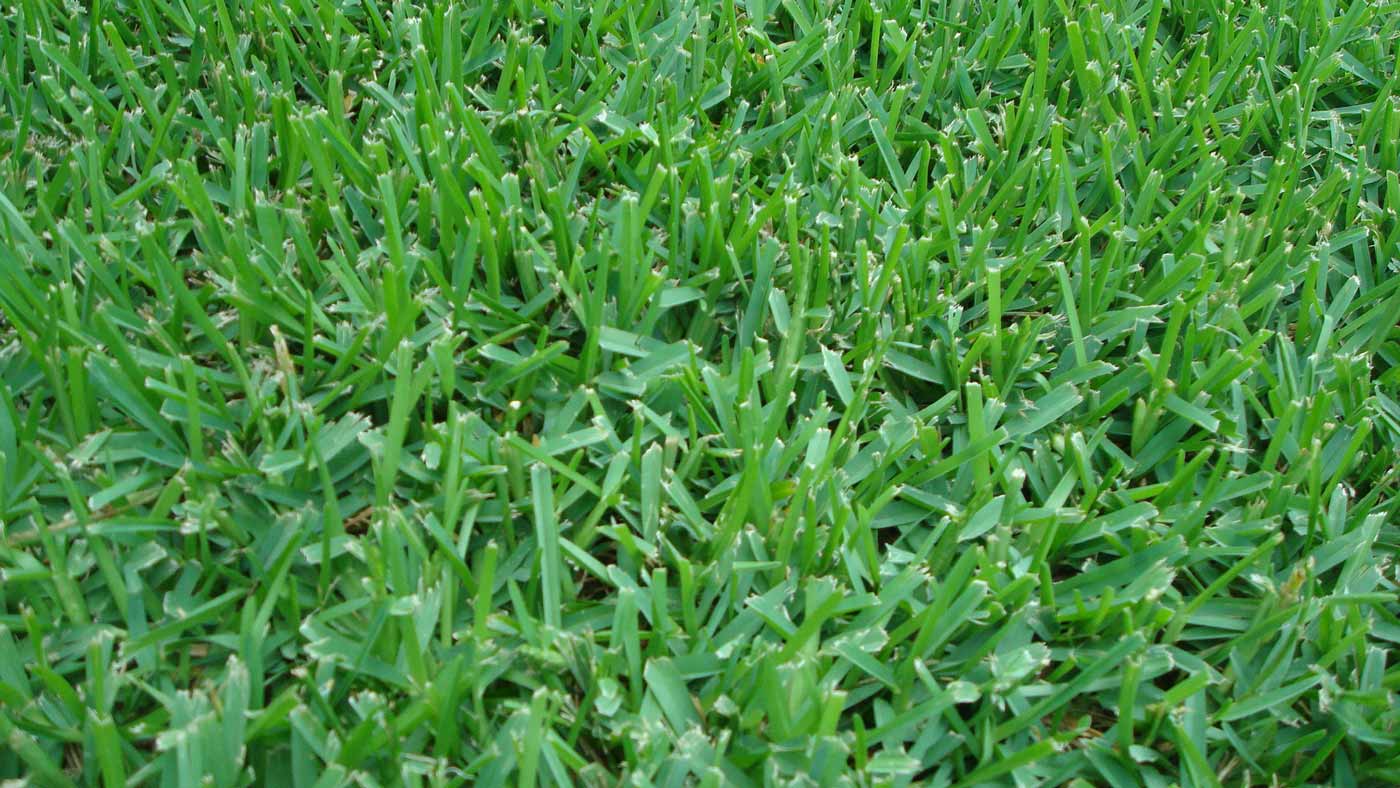



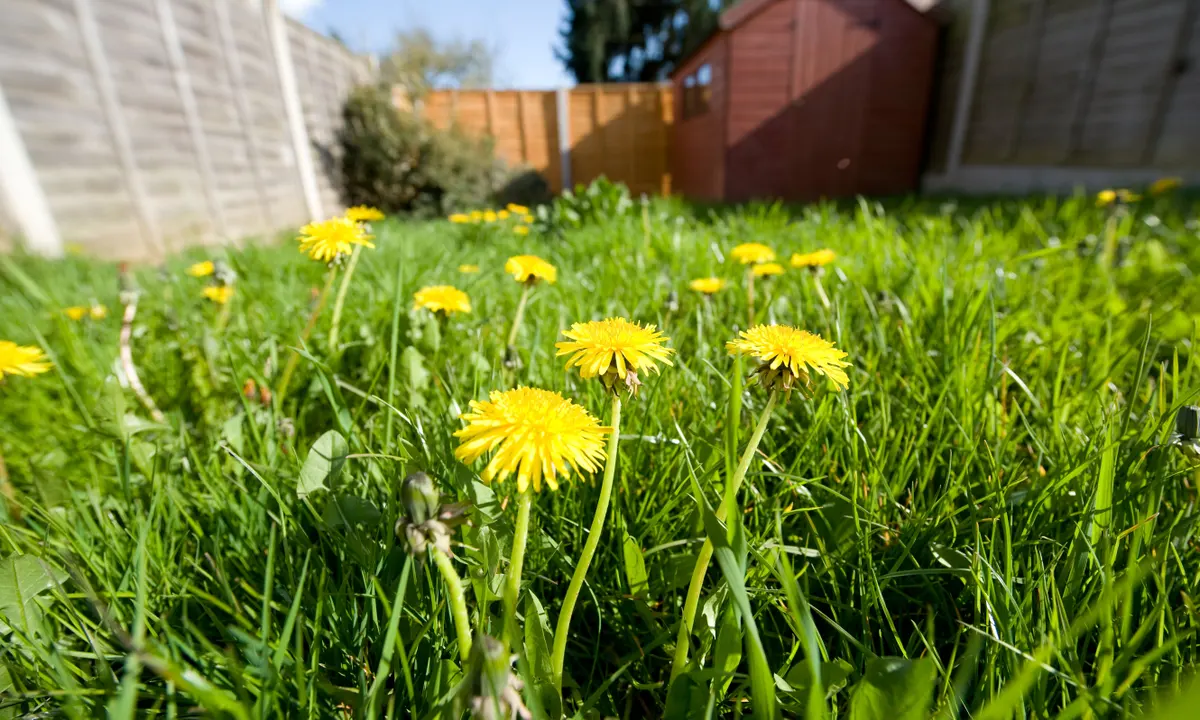
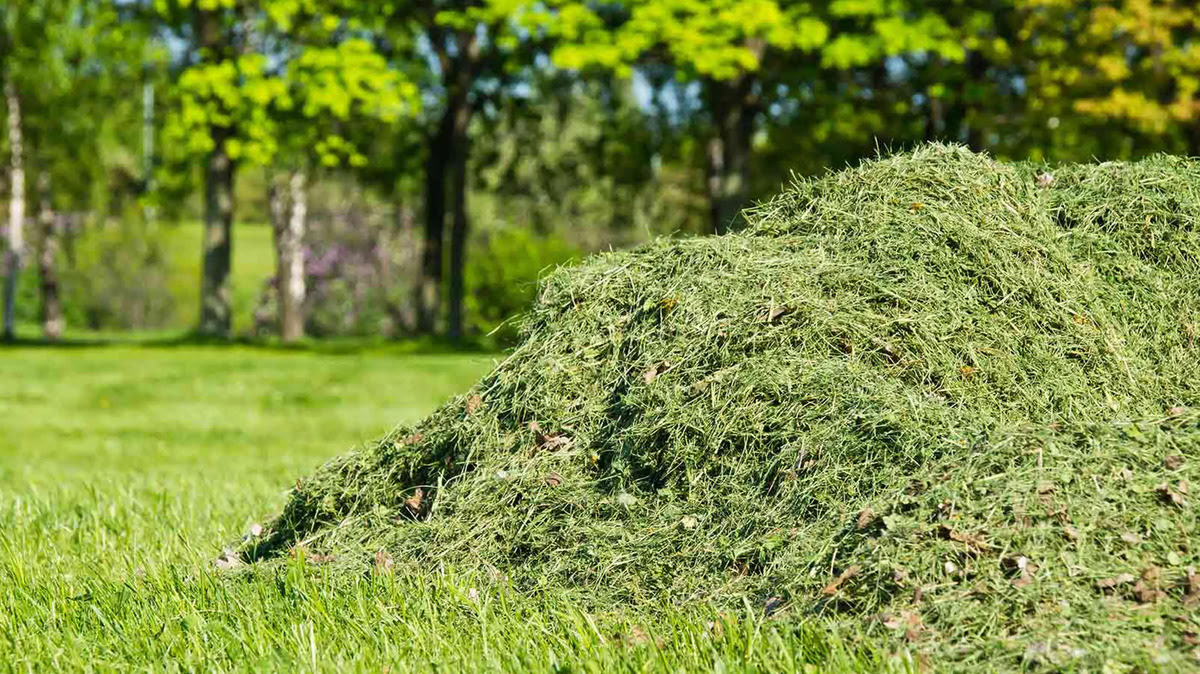
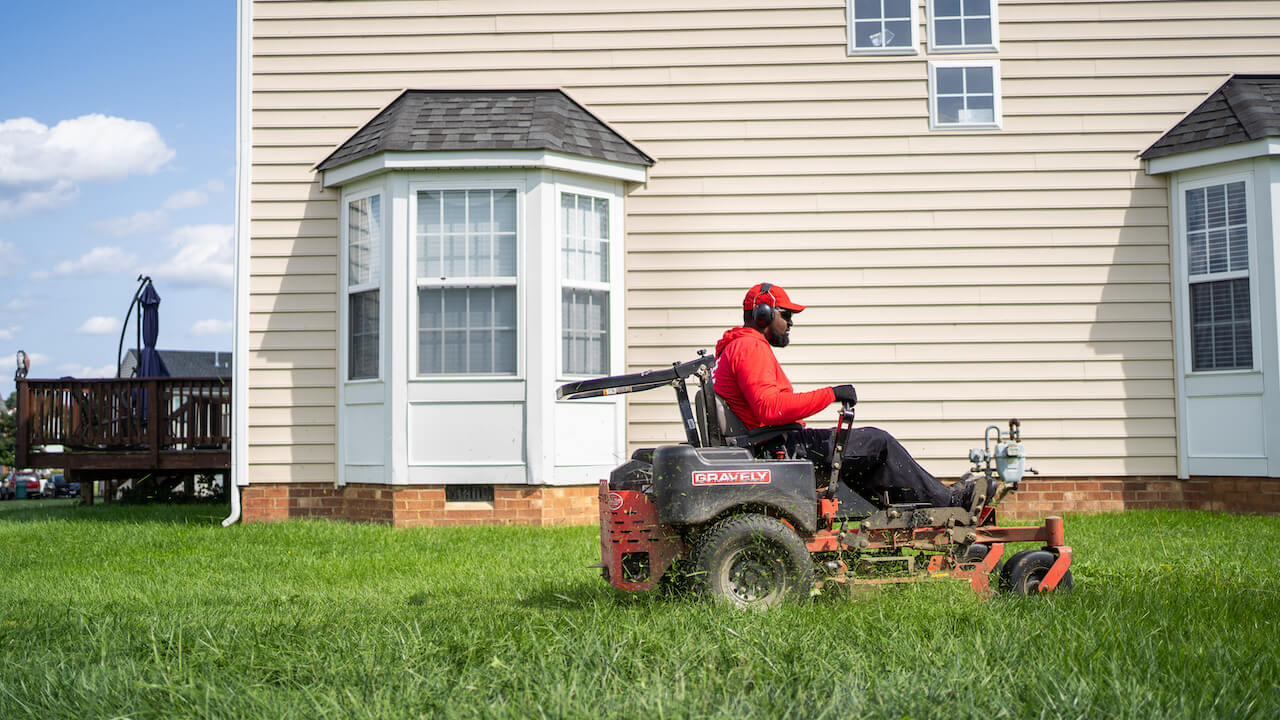



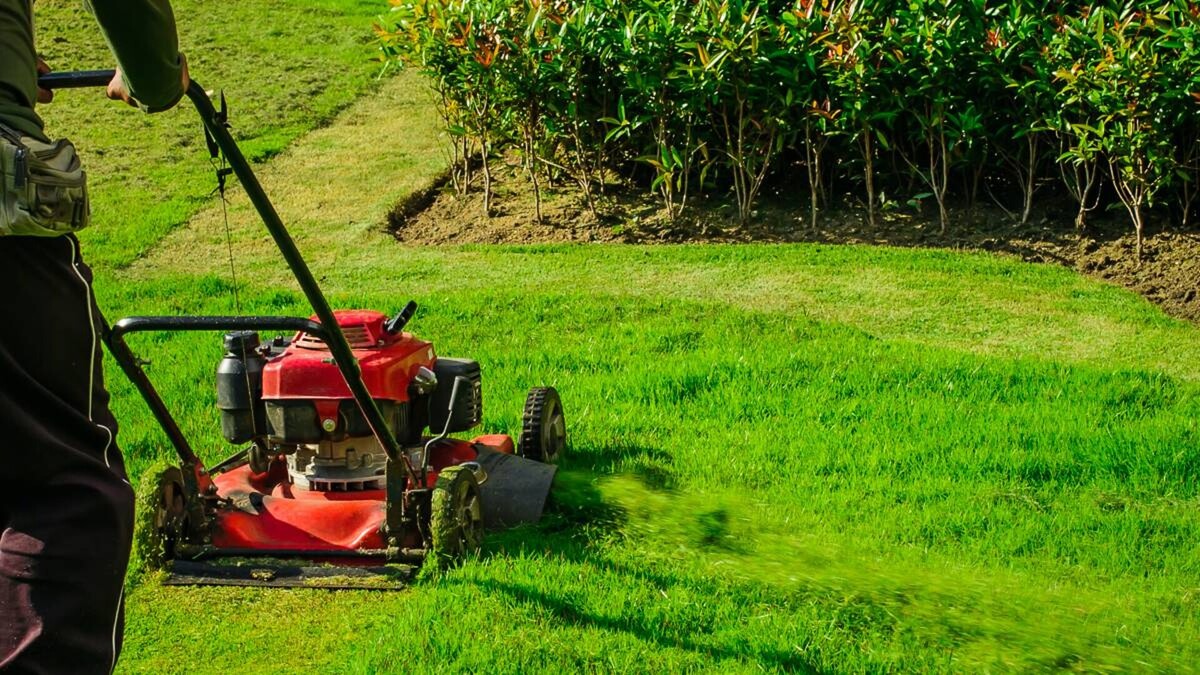
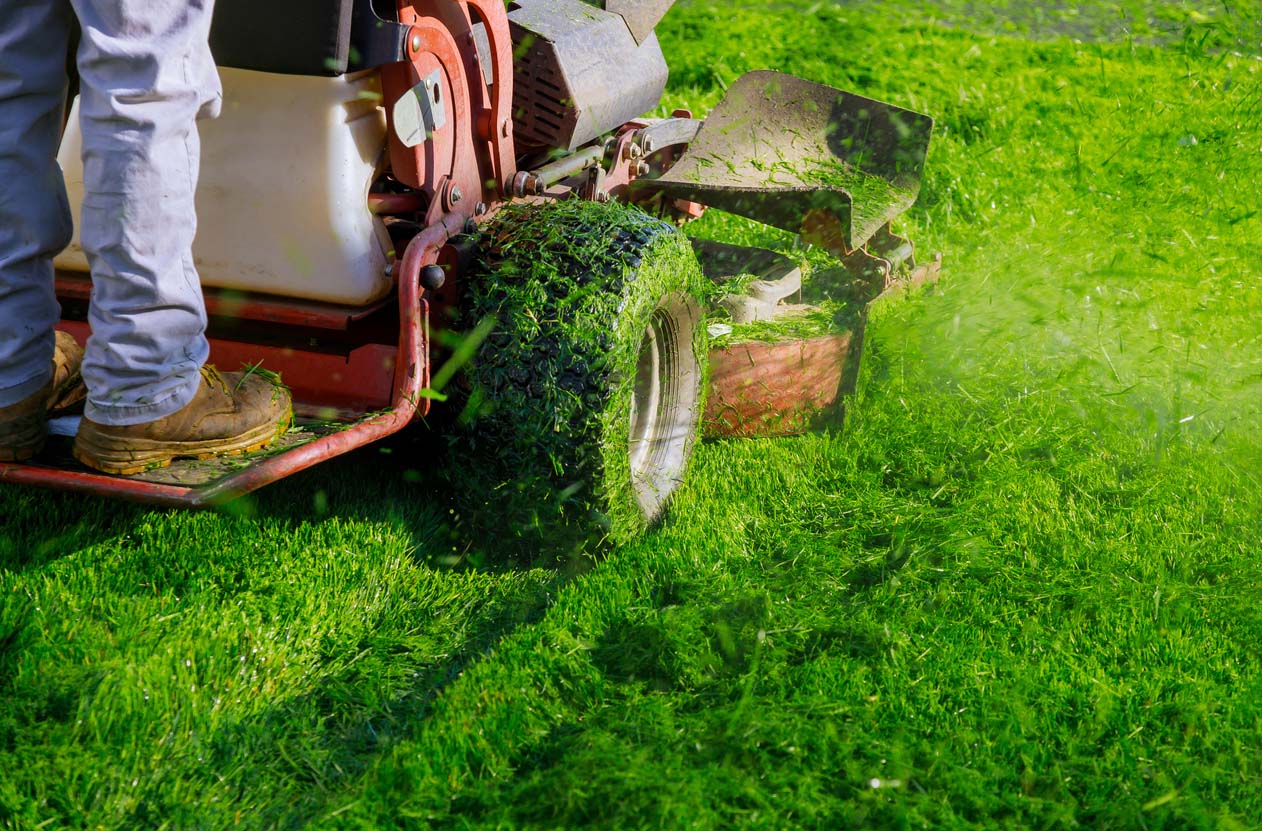
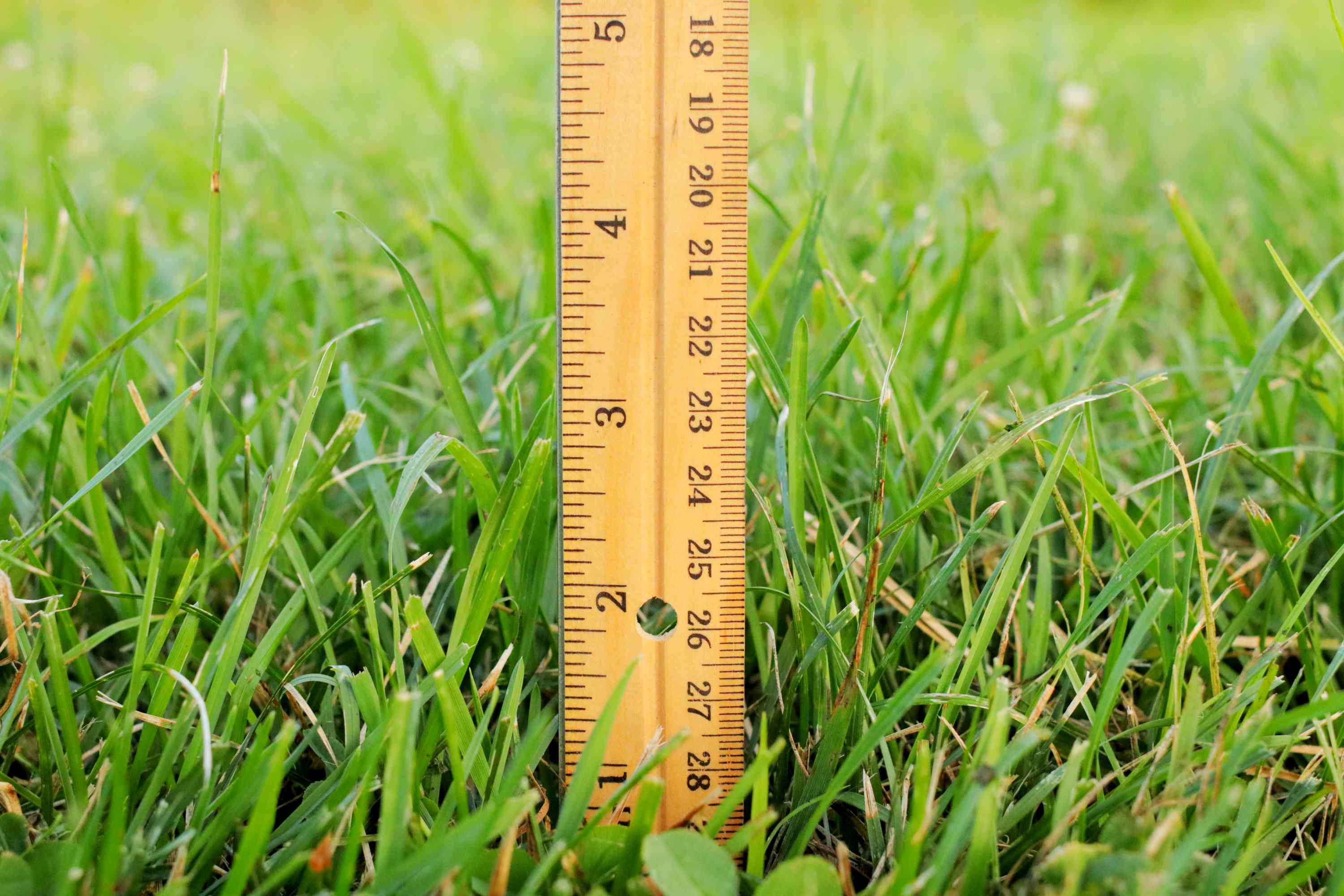

0 thoughts on “What Height To Cut Grass”